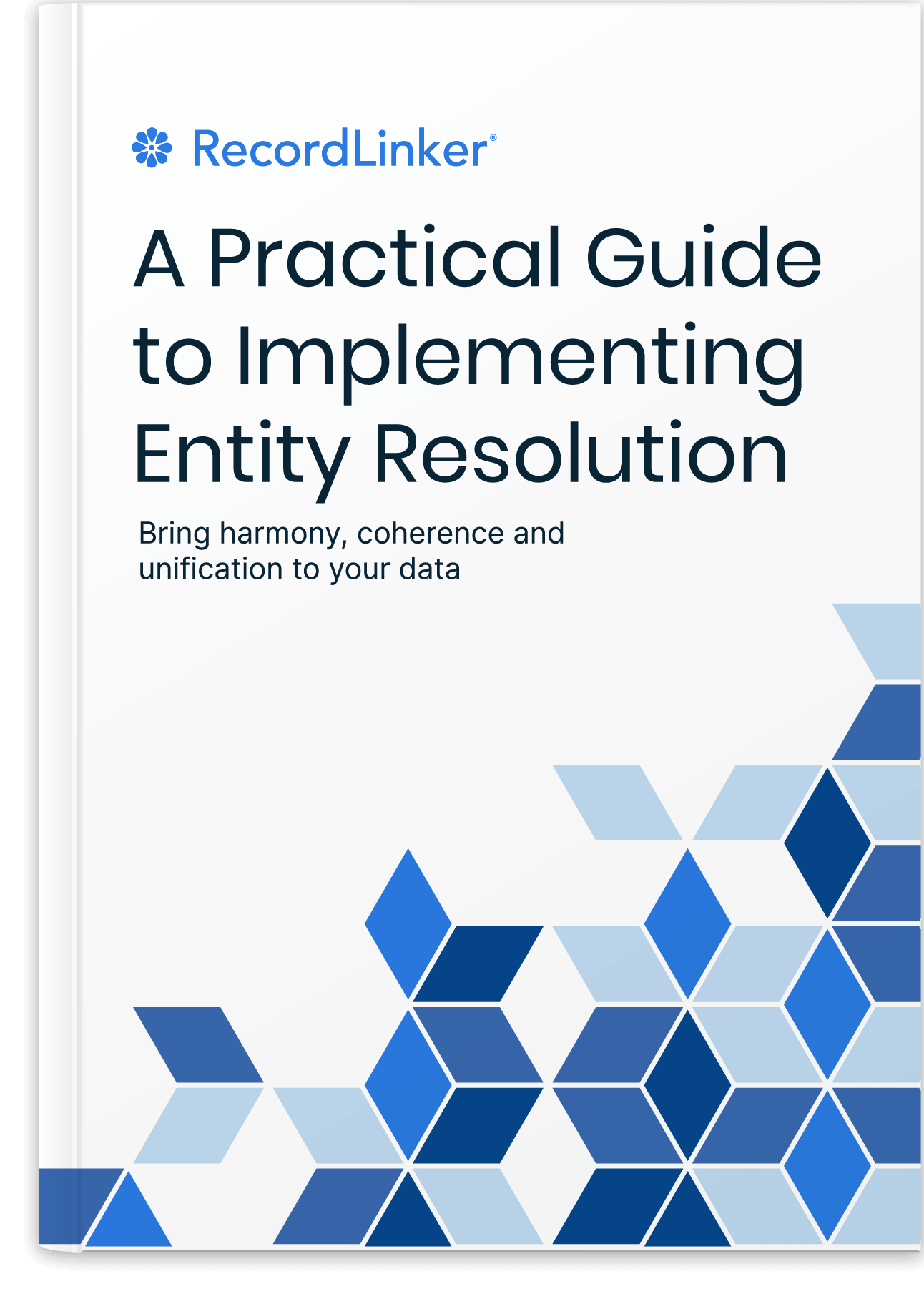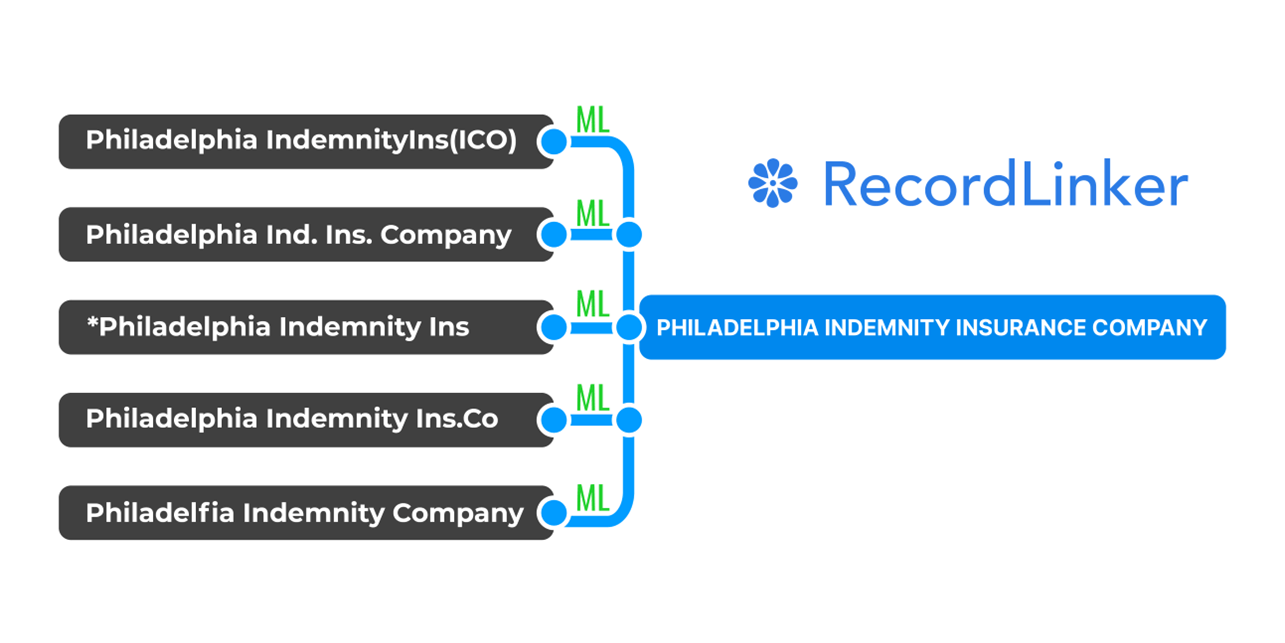How To Optimize Location Master Data Management
How to Optimize Location Master Data Management is a comprehensive guide to managing location data, from identifying and cleansing to enriching and maintaining data over time. Organizations face unique challenges when it comes to location data, such as inaccurate or incomplete data, and data spread across multiple systems. The article provides valuable insights on how to optimize location master data management, including making your goals explicit, deciding exactly what to track, implementing data governance, collecting data from multiple sources, bringing data together, cleansing and enriching your data, investing in geo-enabled technologies, and keeping location data secure.

Organizations keep track of locations for a variety of reasons. They want to know where their assets, customers, supply chain partners, and employees are situated, and analyze how these locations relate to each other. They need this information to make strategic decisions, track performance, and comply with regulations.
But location data presents unique challenges. It’s often spread across different systems, it can be inaccurate or incomplete, and it’s highly likely to change over time. This makes it difficult to get a single, accurate view of all your locations.
Location master data management is a process for managing location data. It includes identifying, cleansing, and enriching location data, as well as maintaining it over time. The goal is to be able to understand your location data in a way that empowers you to quickly and easily make the right decisions.
Master data management is essential for organizations that rely on location data to make decisions. It can help you improve the accuracy of your data, avoid duplicate records, and keep your data up to date.
In this article, we’ll take you through some of the most important elements of location master data management.
Make Your Goals Explicit
What exactly do you want to achieve with your location master data management? Without clear goals, it will be difficult to measure your success–or even know if you’re making any progress at all.
Your goals will determine the scope, depth and complexity of your location master data management project. They will also have a big impact on the resources you will need to invest, including time, money, and staff.
For example, if your goal is simply to get a better overview of your locations and improve data quality, you can probably do this with a relatively small investment. But if you want to use your location data for complex analyses or to support decision-making, you will need to put more effort into it.
Free Book: Practical Guide to Implementing Entity Resolution
Interested in implementing an in-house record matching solution with your own development team without using any outside vendors or tools?

A number of important business decisions involve location data. For example, when expanding your business to new markets, you need to know which locations are most promising. Or, if you’re looking to optimize your logistics, you need to carefully assess which locations will be most efficient to serve.
If location data is central to your high-level decision-making processes, you may want to invest in special technology, such as visualization tools, or software that lets you easily track the relationships between different data types.
Decide Exactly What to Track
Before you start managing your location data, you need to decide what information you want to track. These decisions will stem from your location master data management goals, and will help you determine what data you need to collect and how to structure it.
As an example, you may want to track the following information for each location:
- Address
- Latitude and longitude
- Type of location (e.g., office, warehouse, store)
- Department or division
- Manager
The type of location in question may determine exactly which details your data need to include. For instance, you may want to track the square footage of a store, but not of an office.

Implement Data Governance
Data governance refers to the way your company manages data. It lays out exactly who is involved in maintaining, accessing, and using certain data, along with the policies and processes that structure all of this.
The goal of any data governance system should be to ensure data is accurate, complete, consistent, and accessible to those who need it. On one-level, this sounds like a no-brainer: of course data-driven decision-making needs strategy and structure behind it. But in practice, the vast majority of organizations struggle to find and execute a data governance model that meets their needs.
Location data is often managed by multiple people and required for a number of different business processes, so it’s especially important to have a data governance framework in place. This will help ensure that everyone is working with the same data and that data is being updated regularly.
Your framework should include policies for managing data, such as how to add new data, how to update existing data, and how to delete data. It should also assign roles and responsibilities, such as who is responsible for updating the data.
Collect Data from Multiple Sources
Location data is often spread across different systems. To get a complete picture of all your locations, you need to collect data from all these sources.
Common sources of location data include asset management systems, customer relationship management (CRM) systems, and enterprise resource planning (ERP) systems. You may also have location data in spreadsheets or other files.
Taking the time to map out all the systems that contain relevant location data will help you design a location master data management system with the right scope and capabilities.
Bring Data Together
The crux of location master data management is in bringing data from disparate sources together into a central repository. This can be accomplished with a variety of tools including data warehouses, data lakes, and ETL (extract, transform, load) processes.
The chief benefit of creating a central repository for location data is that it makes data much easier to manage. It functions as a single source of truth for the entire organization, where records can be added, changed, and removed without fear of creating inconsistencies between systems.
A central repository can also provide a platform for data integration. For example, you may want to cross-reference location data with customer or supplier data. Your central repository should function as a hub for all data needed to inform key business decisions.
Choosing the right format for your central repository requires specialized IT knowledge. Consider reaching out to a software partner that specializes in location data management for help with this process. They will be able to provide the tools and expertise needed to implement, or even custom-build, a solution that is oriented toward helping you achieve your data goals.
Cleanse and Enrich Your Data
Any solid master data management system will include a process for cleansing and enriching data. Cleansing includes removing duplicate records, standardizing formats, and filling in missing data.
You may also want to enrich your data by adding additional information, such as latitude and longitude coordinates, time zones, building footprints, and local language translations.
Data cleansing and enrichment can be done manually, but as you might imagine, the process is extremely tedious and involves a high potential for error. If you’re dealing with a significant amount of location data, it’s often more efficient to use automated tools.

Invest in Geo-enabled Technologies
Geo-enabled technologies, such as geographic information systems (GIS) and location intelligence platforms, can help you make better use of your location data.
GIS tools can create maps and visualizations of location data. For example, you can use GIS to create a map of all your company’s locations, or a heat map of customer activity.
Location intelligence platforms go a step further by providing analysis and insights. For example, you can use a location intelligence platform to understand how locations are performing, identify trends and patterns, and predict future outcomes.
Keep Location Data Secure
Location data warrants extra caution when it comes to security. This is because it can contain sensitive information, such as customer addresses and employee home addresses.
There are a number of steps you can take to keep location data secure, such as encrypting it, storing it in a secure database, and restricting access to it. Your data governance framework should include security policies and procedures for protecting location data.
Generally, keeping location data in a central repository makes implementing security measures much simpler. For instance, you can encrypt the entire database rather than having to encrypt each individual field that contains location data. You can also control access to the database more easily, and monitor activity more effectively.
Make the Most of Location Data
Location data is a critical asset for many organizations, and optimizing its management can have a significant impact on operations.
There are a number of ways to optimize location data management, such as centralizing it, automating processes, and establishing security measures.
As you embark on your location data management optimization journey, remember that data quality is key. Accurate and up-to-date location data is the foundation upon which many other optimizations are built. It’s worth investing serious thought into how your organization manages location data, and taking the time to develop policies, processes, and systems that can carry you into the future.

Interested in improving the quality of your data, but don’t have the time or resources to create a master data management program from the ground-up?
RecordLinker is here to help. Our data integration and management platform can quickly connect your disparate data sources, identify and deduplicate records, and keep your data clean and up-to-date.


